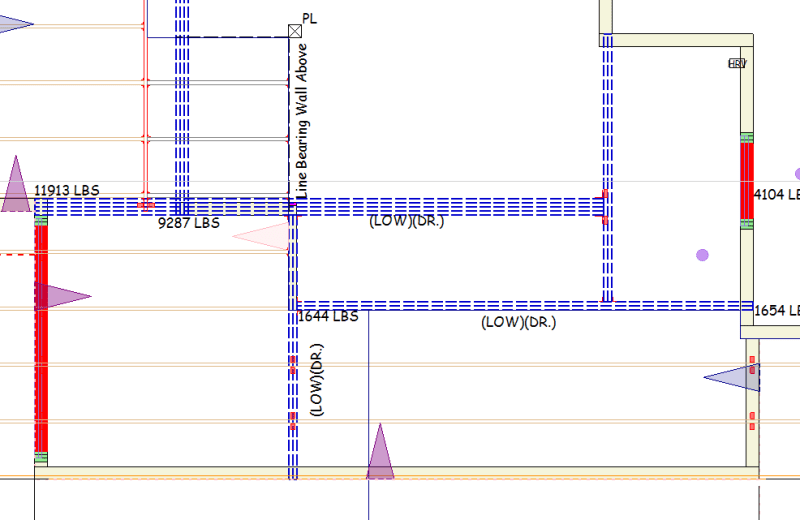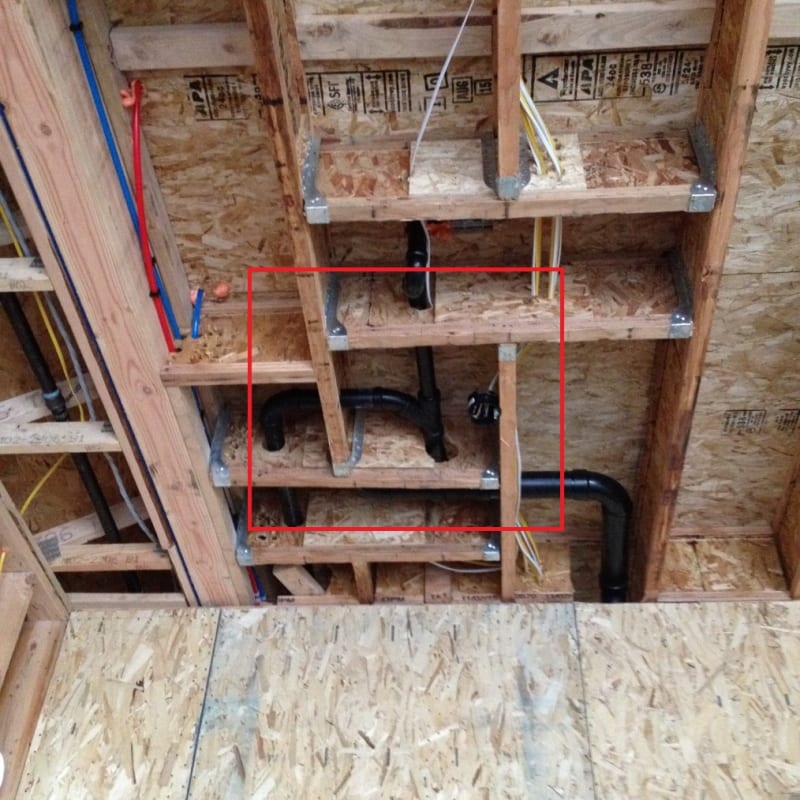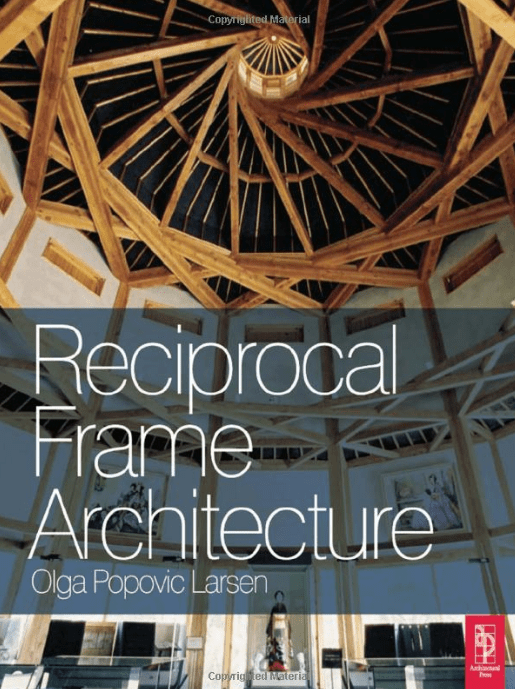
Hi guys!
I have issue with this model. It show error circular loading and i can't run structure. I checked the error and it stated that " this member is included in a circular load path which create an indeterminate structure". Member cannot be analyzed or designed. Indeterminate structure should be a stable structure. Can anyone guide me how to calculate manually this situation or explain to me ? Thanks.


